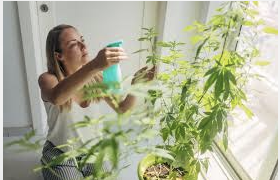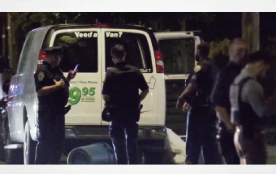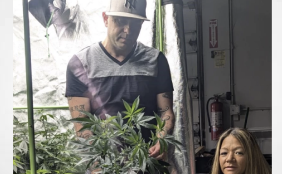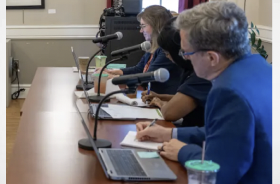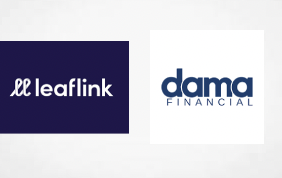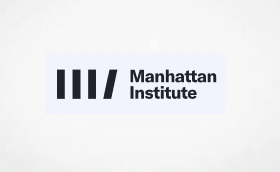Table of Contents
Executive Summary
Drug policing faces two simultaneous crises. One is the drug crisis itself, which the public and policymakers expect police to play a role in suppressing. The other is a crisis of public confidence, in policing in general but especially in the efficacy of the enforcement-driven “War on Drugs.” This report frames an approach to policing drugs meant to address both crises—a 21st-century approach to drug policing.
Routine drug policing is widely perceived to be an ineffective approach to controlling drug problems. This is because it is relatively hard for policing to cut off the supply of drugs altogether. Routine enforcement can increase the price of drugs, making the drugs scarcer, but these effects are likely small, and the effects of price on demand are, in turn, quite small in addicted subpopulations. These concerns are particularly relevant in the current crisis, in which novel methods of drug production have driven prices to rock bottom.
Faced with this evidence, some argue that policing and drug problems should be totally disconnected, through a policy of decriminalization. This, advocates argue, would reduce both the health harms of drug use and the harms of the criminal-justice system. However, the evidence indicates that the former claim is probably wrong—the expected average effect of decriminalization on figures like the overdose death rate is probably close to zero. Moreover, policymakers are capable of addressing the fact that the criminal-justice system can harm drug users, and it would be foolhardy to drop the good aspects of drug enforcement as a method to avoid these “bads.”
What are the “goods” of drug policing, and how can they be bolstered? This report culminates in three strategies for a modern, evidence-based approach to drug policing:
- Drug-Market Crackdowns: Rather than do routine, haphazard enforcement, police can focus all their resources on particular drug markets or drug problems and enforce against them simultaneously. This has the effect of crippling the market, circumventing the limited effects that policing has on price by substantially reducing supply altogether.
- Responding to Emerging Threats: Emerging drug markets—especially novel synthetic substances—represent a particular opportunity for police effectiveness. By differentially targeting small markets, police can keep them small, having an outsize impact relative to targeting large but hard-to-control markets.
- Policing as Public Health: Police officers are not just enforcers; they are also first responders, and they should see themselves as frontline actors in getting people the treatment they need. Equipping police with naloxone is a widely taken first step. But treatment referral following overdose, or diversion to treatment in lieu of arrest or prosecution, is a promising way for police to take the lead on controlling drug problems.
These strategies collectively imply a more strategic approach to drug policing than the historical norm. Routine buy-busts are likely no longer effective strategies for fighting the drug crisis—if they ever were. But police can still play a substantial role in combating the drug crisis. And if they do so intelligently, they can regain the public’s trust.
